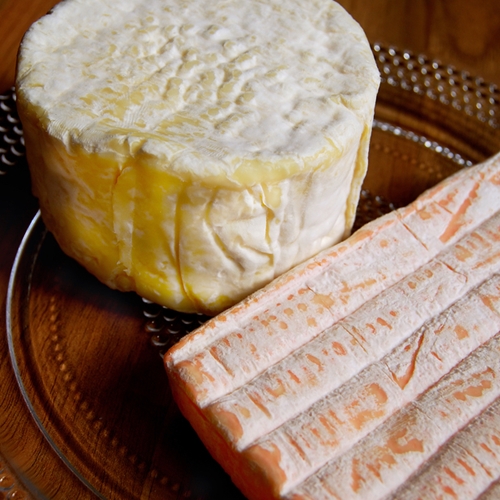
One cheese that has stood the test of time is the French creation known as Pont l’Eveque. One of the smellier cheeses to come out of France, the creamy cow’s milk cheese has been a favorite of dairy connoisseurs since the 12th century, when it was created by monks in Normandy. Then, it was known as Angelot and was often enjoyed after dinner with a glass of table wine. As the French are known for their culture of preserving traditions, it is no wonder this pungent cheese was able to survive all these centuries later.
A medieval relic
Throughout the Middle Ages, the cheeses of Normandy were known for their high quality. In fact, they were so good that they were often used as money, with many a law-abiding Norman citizen paying their taxes in Angelot. The term “Angelot” was applied broadly to all of the cheeses being produced in this region. However, the cheese coming out of the small village of Pont l’Eveque was especially renowned for its taste. By the 18th century, the town had given its name to its own version of the Angelot tradition. Consequently, Pont l’Eveque cheese overtook Angelot in popularity and still survives to this day as a connection to those past centuries.
Cheese the old-fashioned way
The French recognize that the best cheese comes from the producers that make it on the same farm that produces the milk. This is known as fermier and results in a highly seasonal cheese that makes up for its inconsistency with more flavor than any of the factory-made stuff. It all starts with the cows, which are raised on a diet that consists of local hay, imparting a sense of terroir into the final product, not unlike wine production. The milk is coagulated almost immediately after it is drawn and the curds are kneaded by hand before being drained for about ten minutes. They are then molded into blocks and left to cure for 6 to 8 weeks, all the while being regularly washed with brine to develop a nice outer skin.

